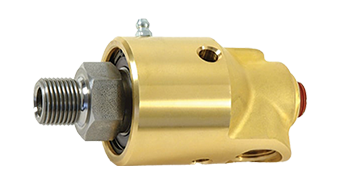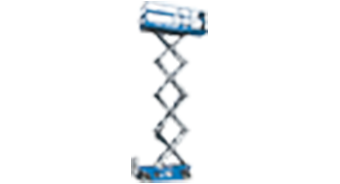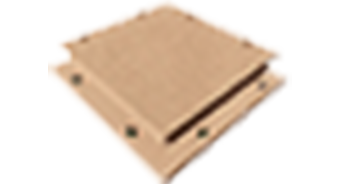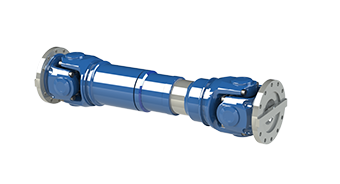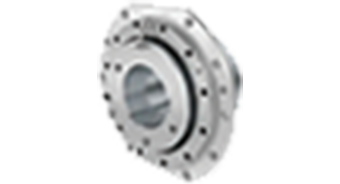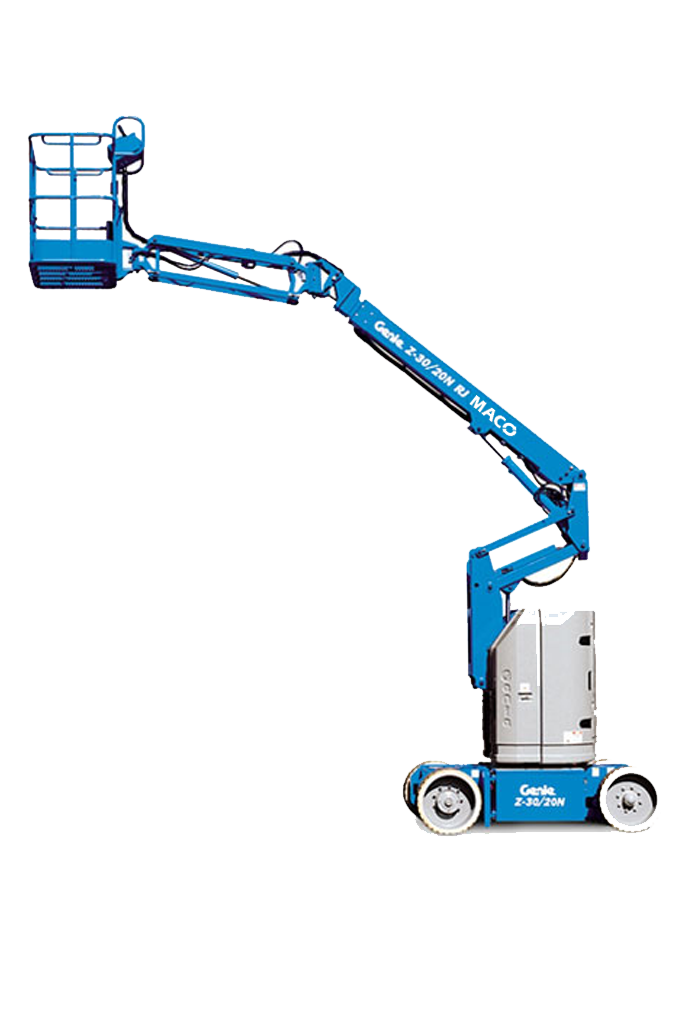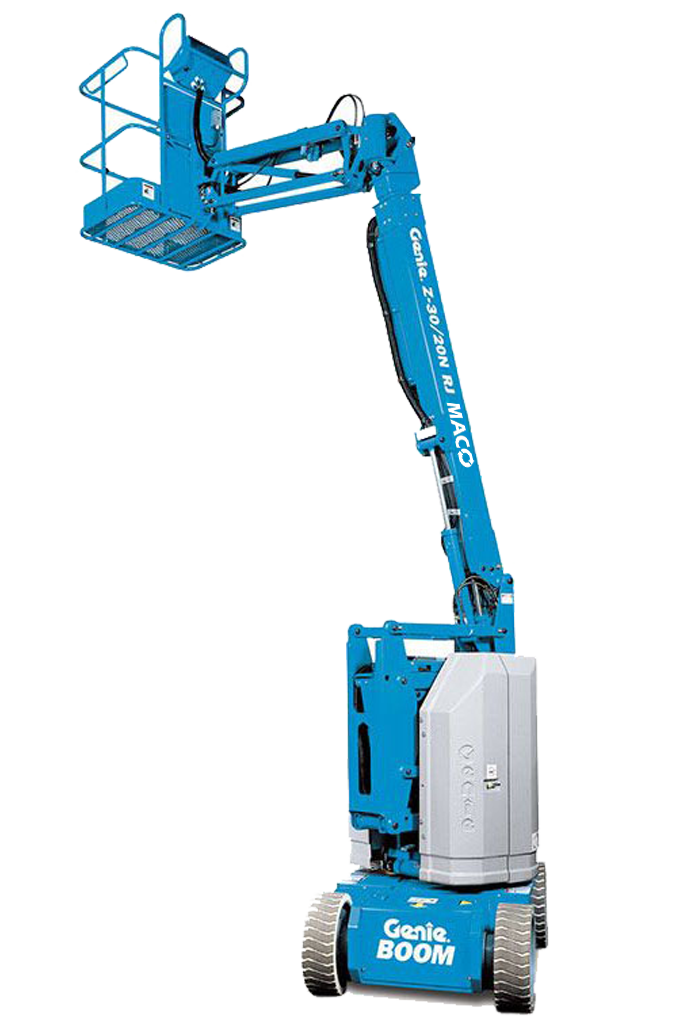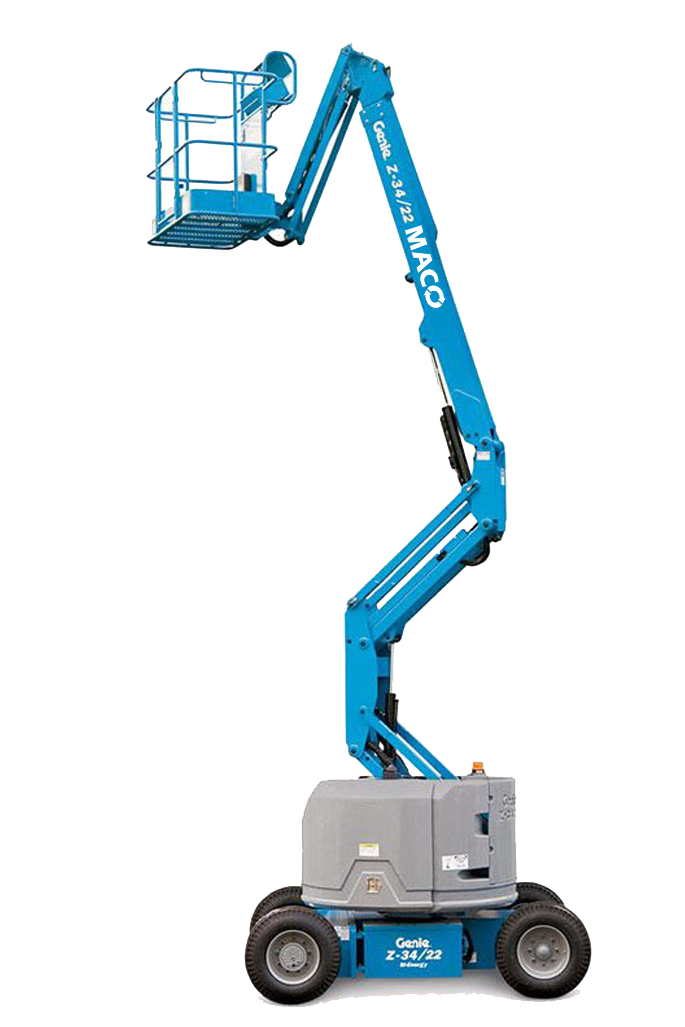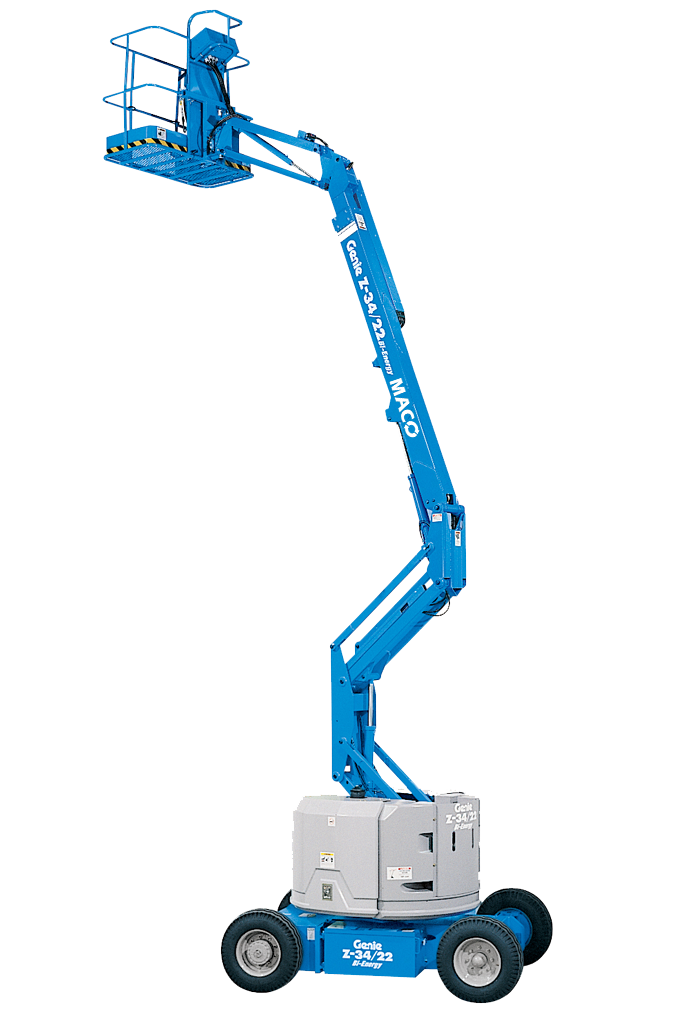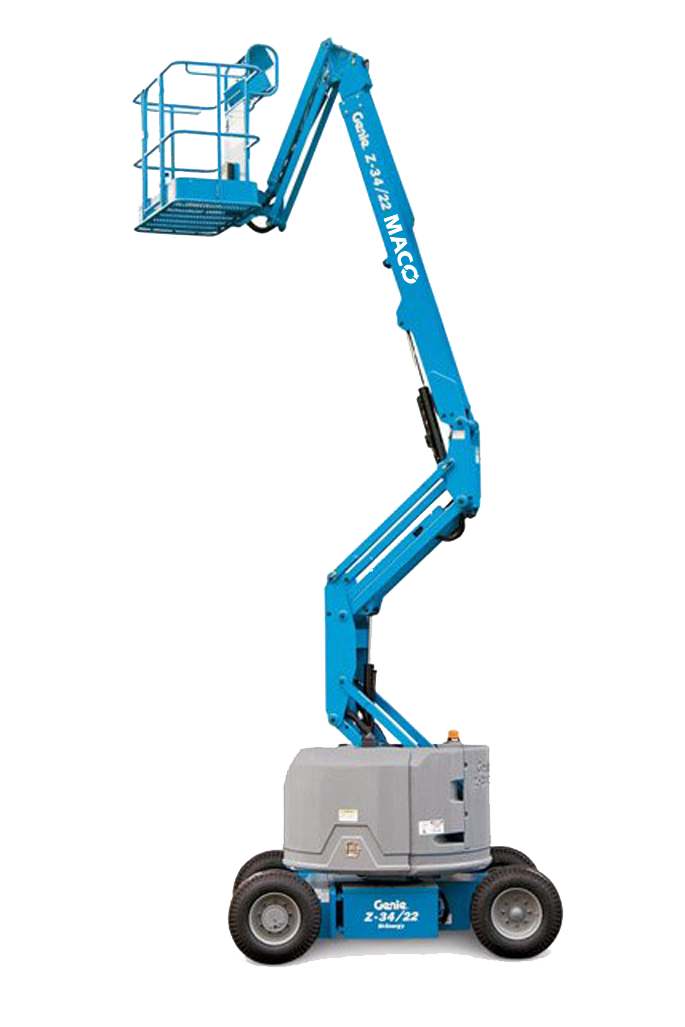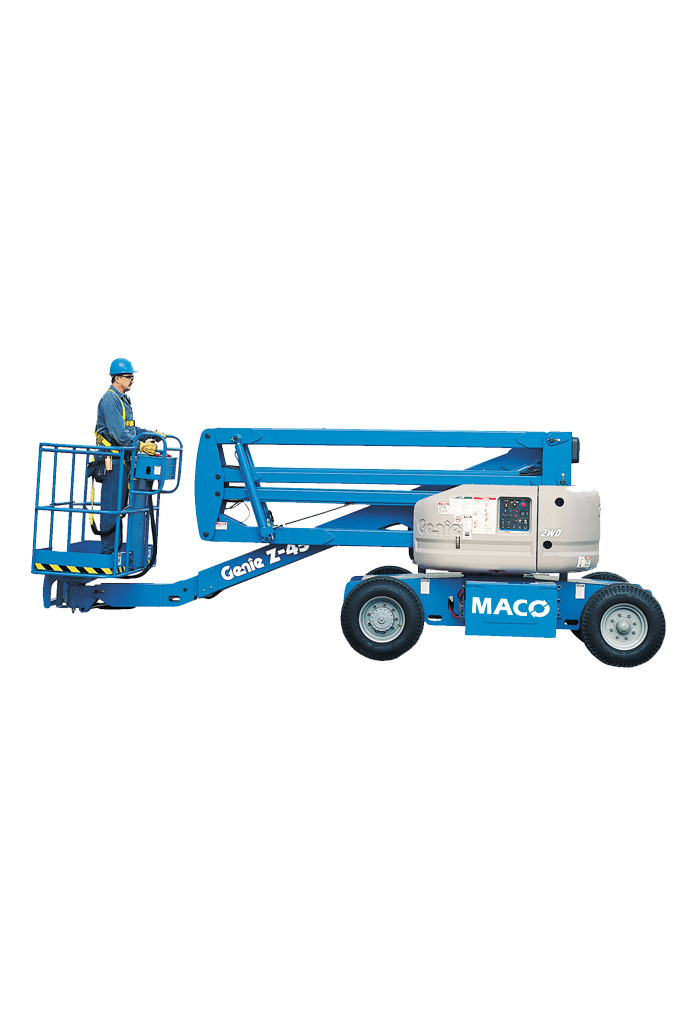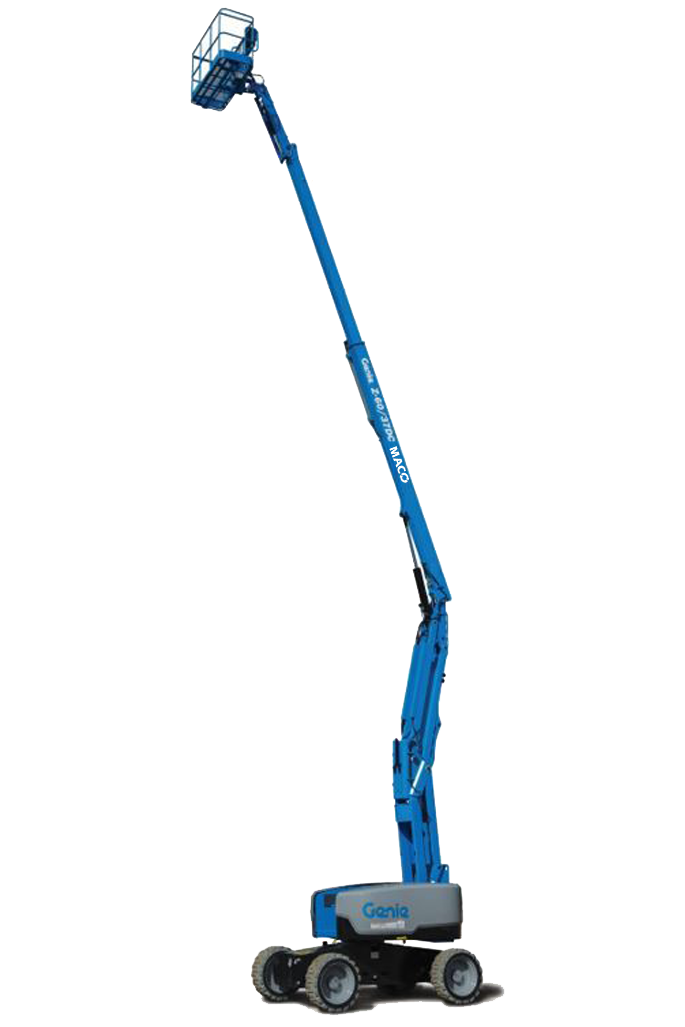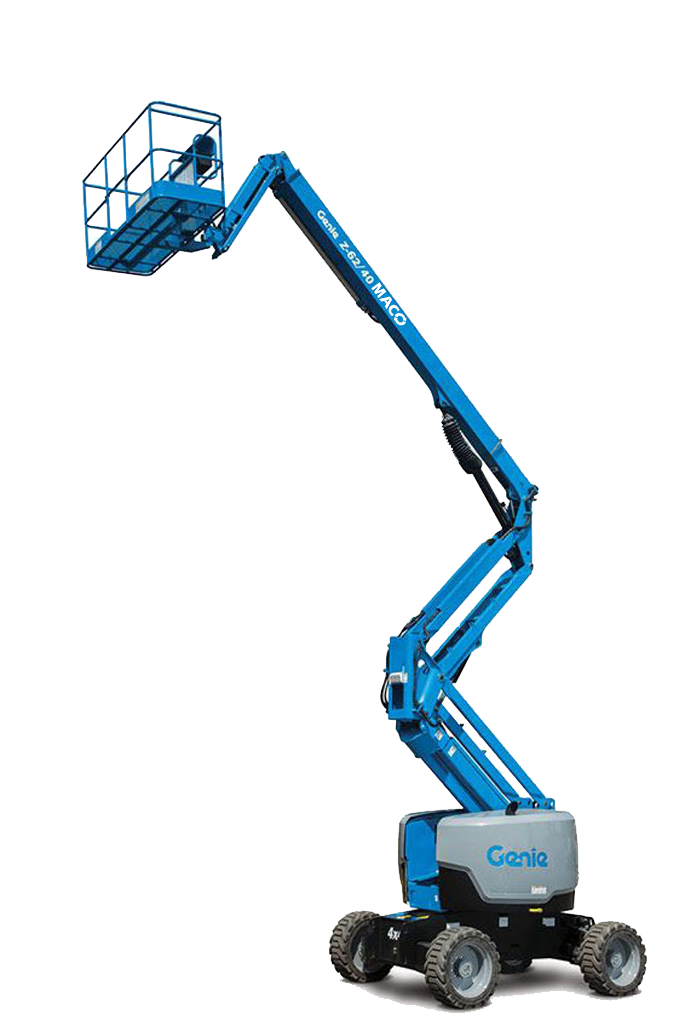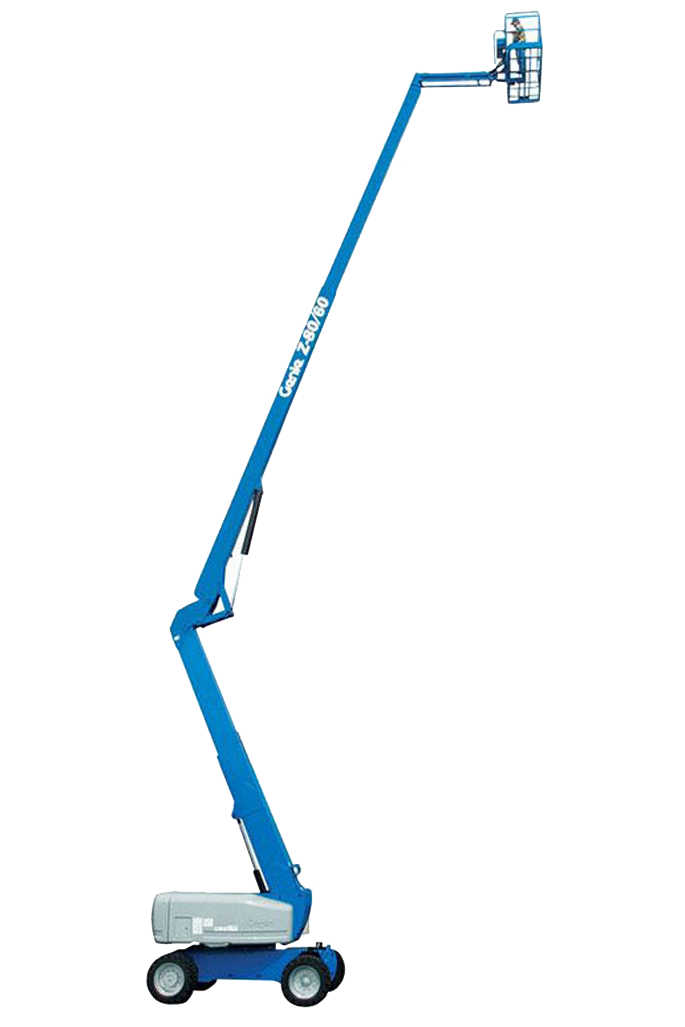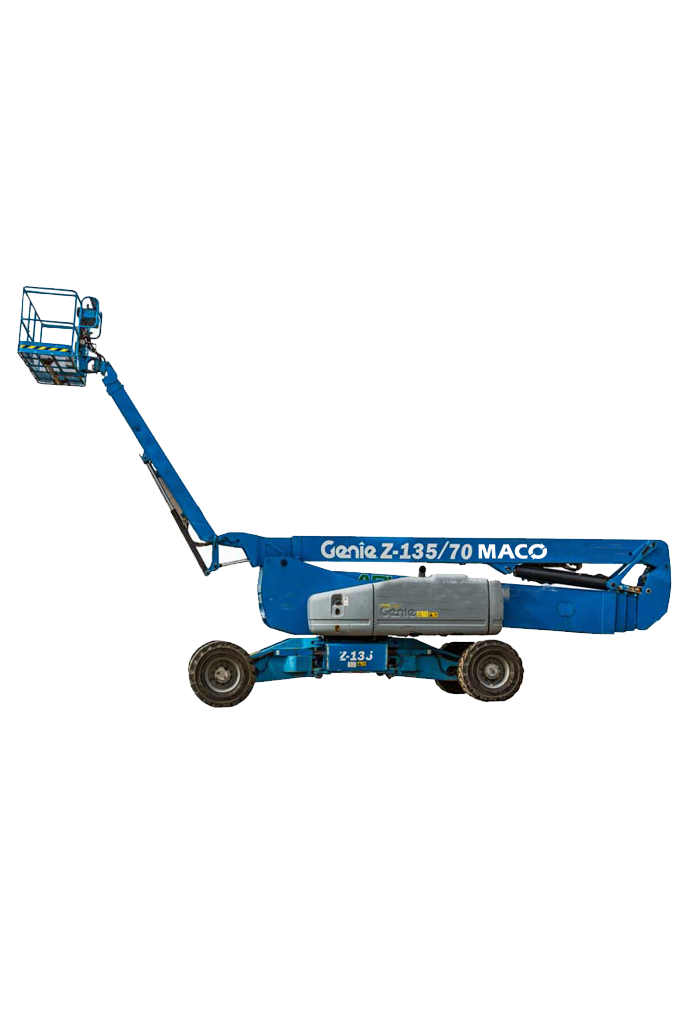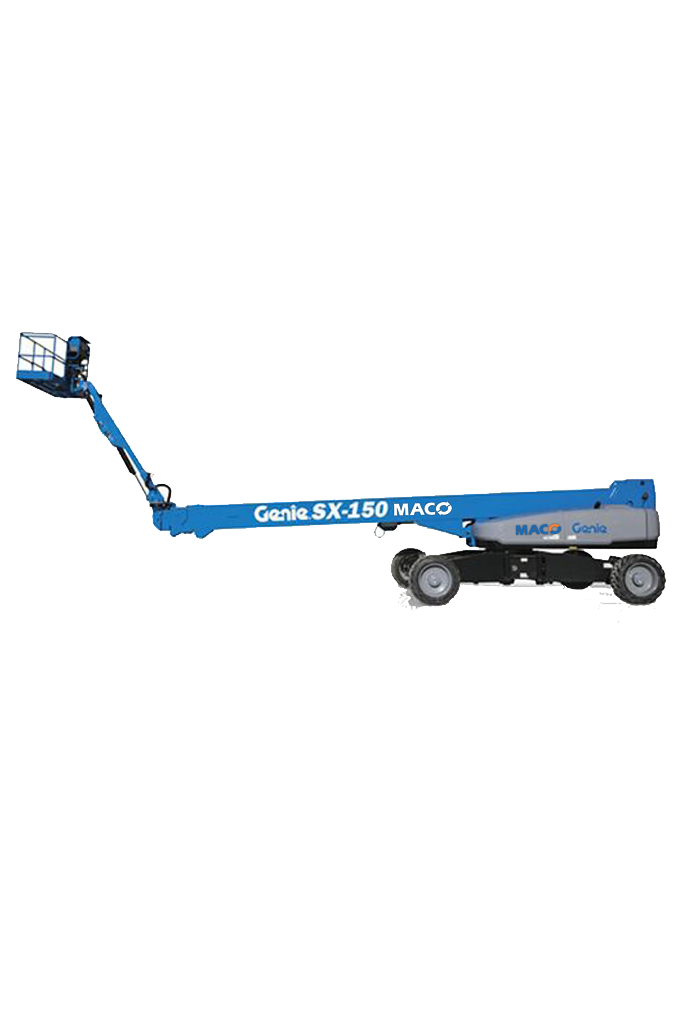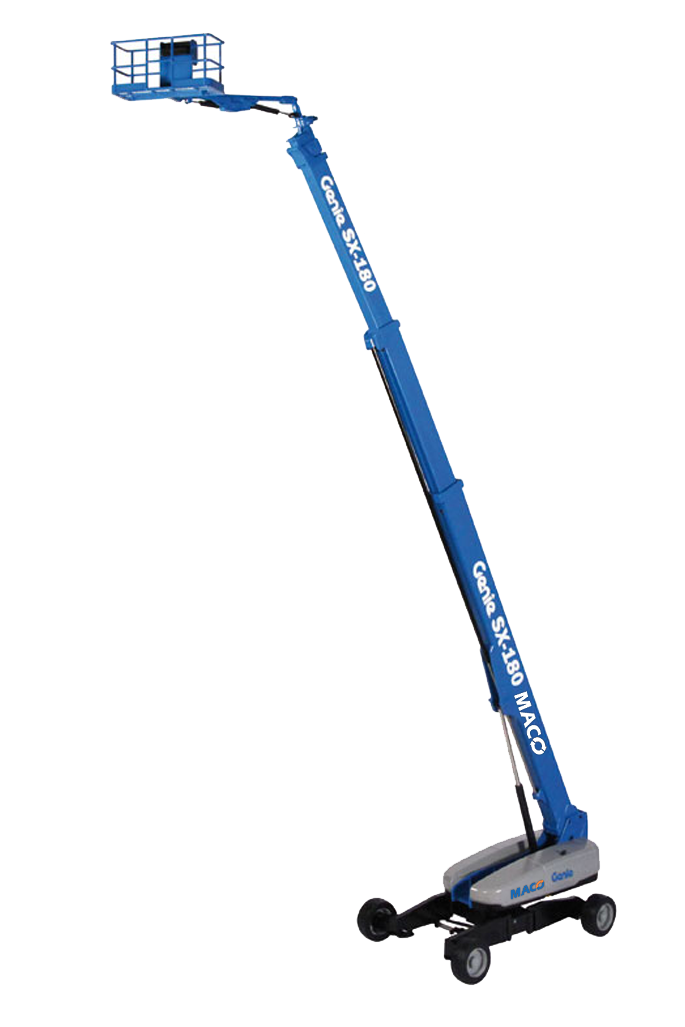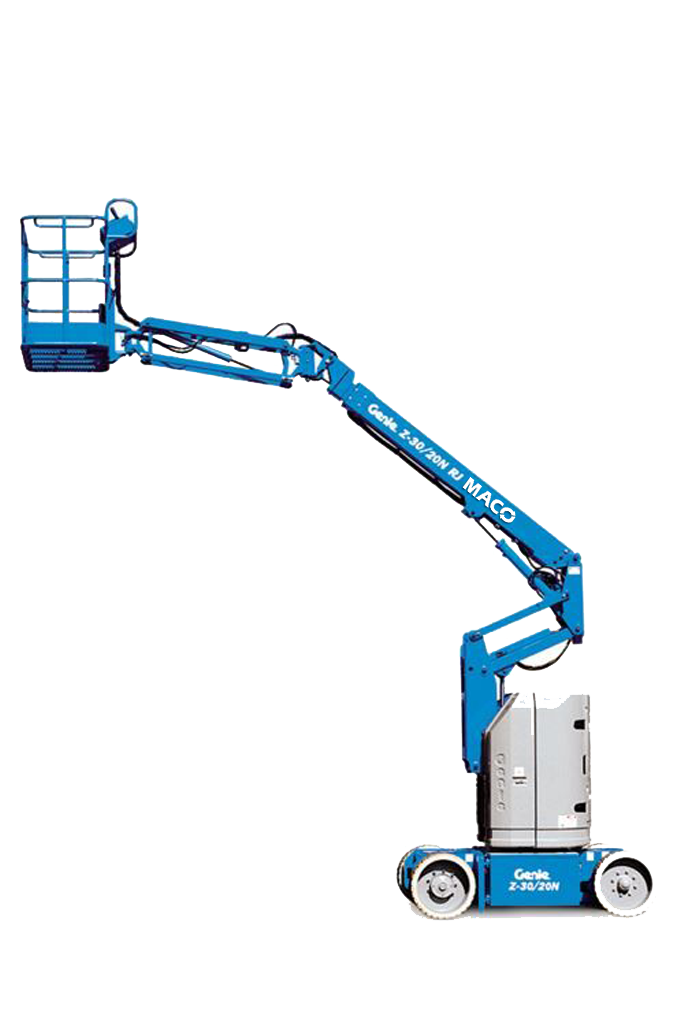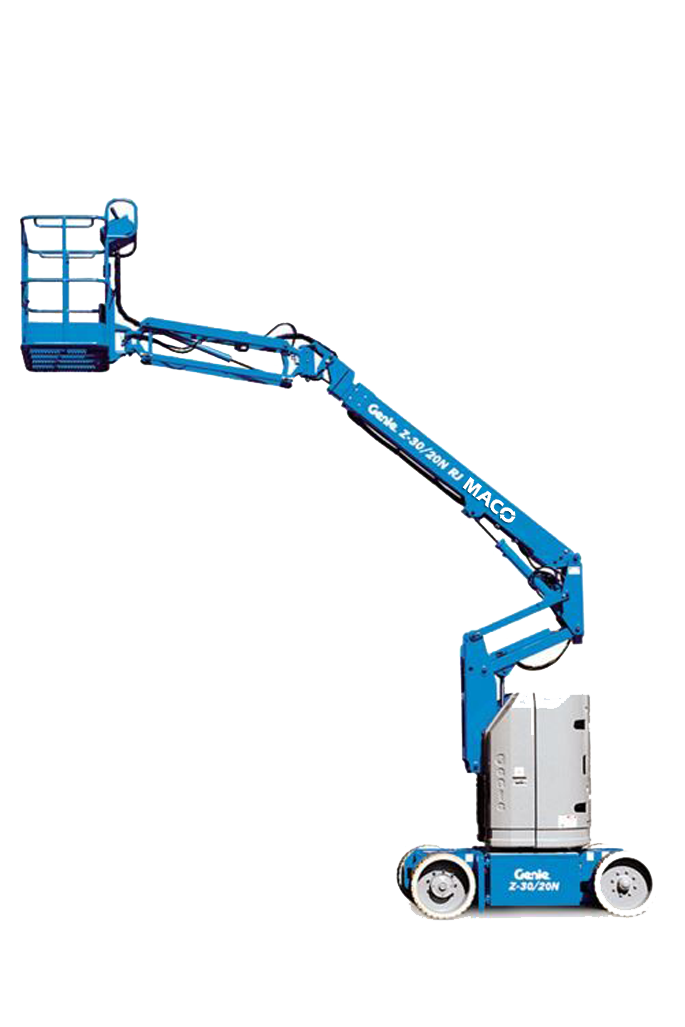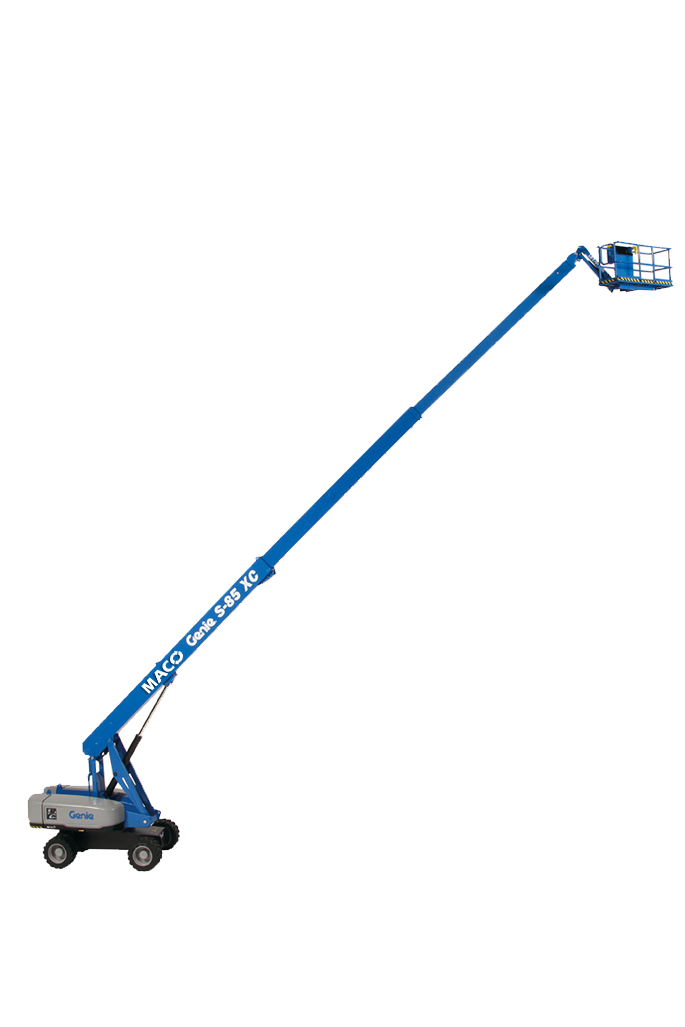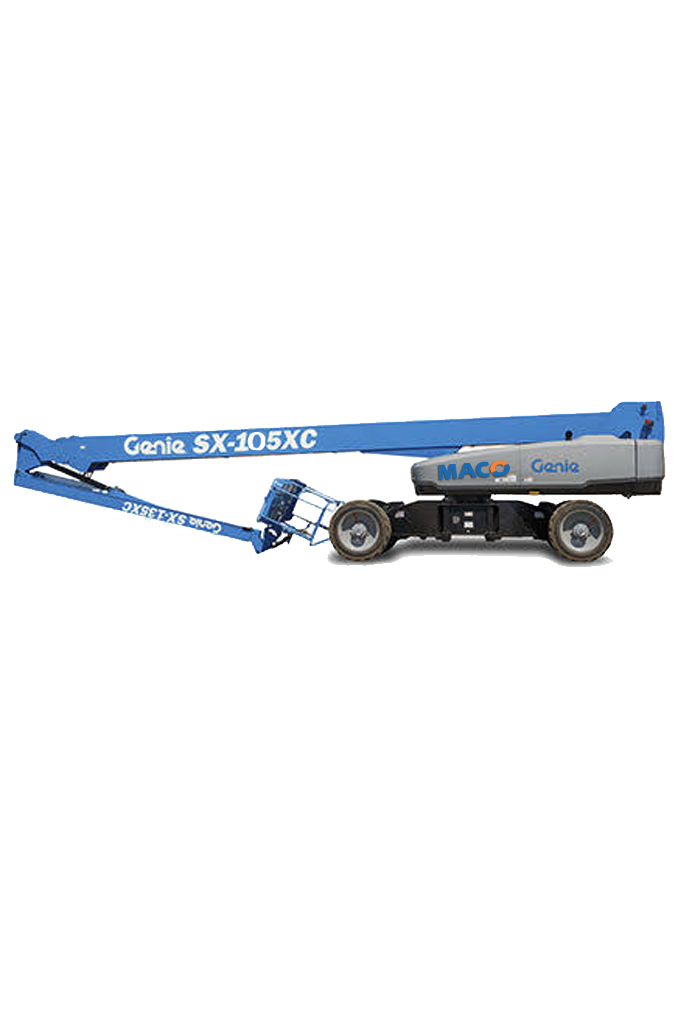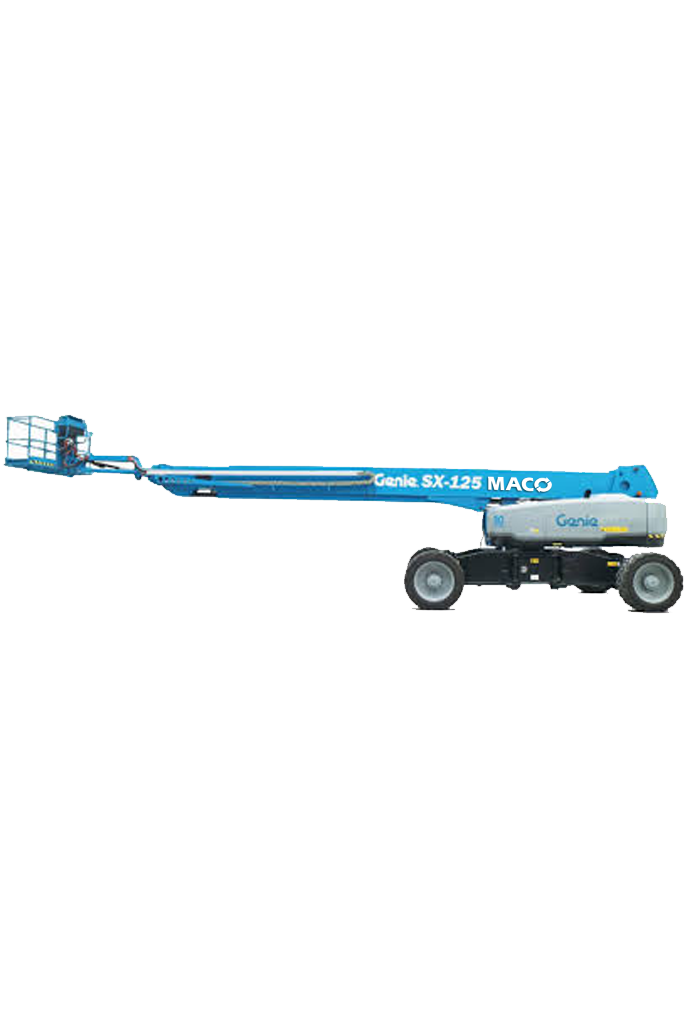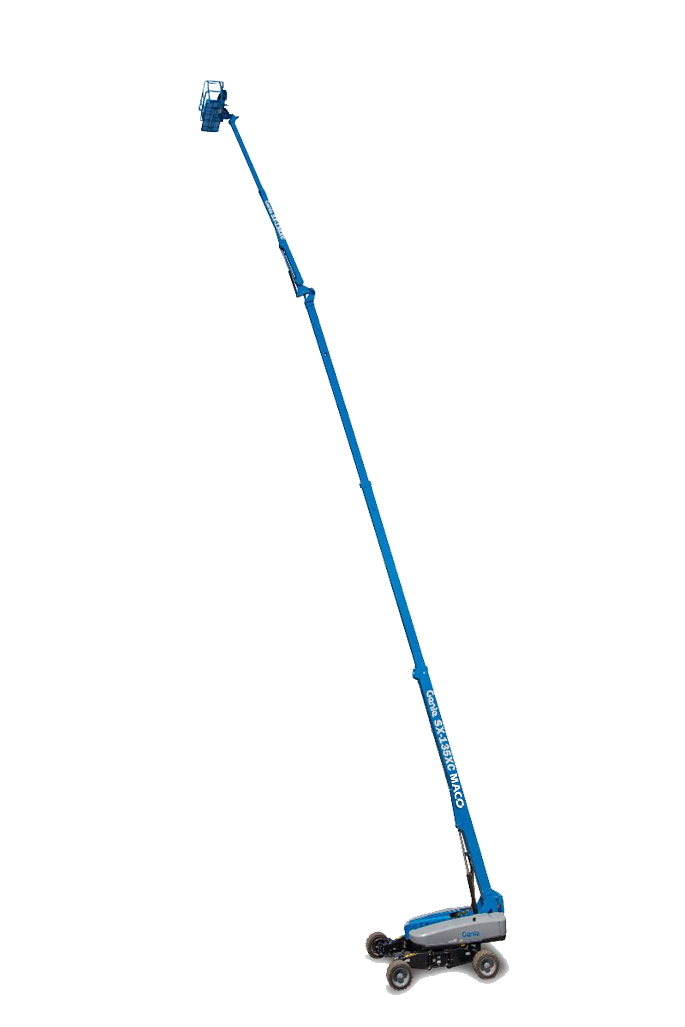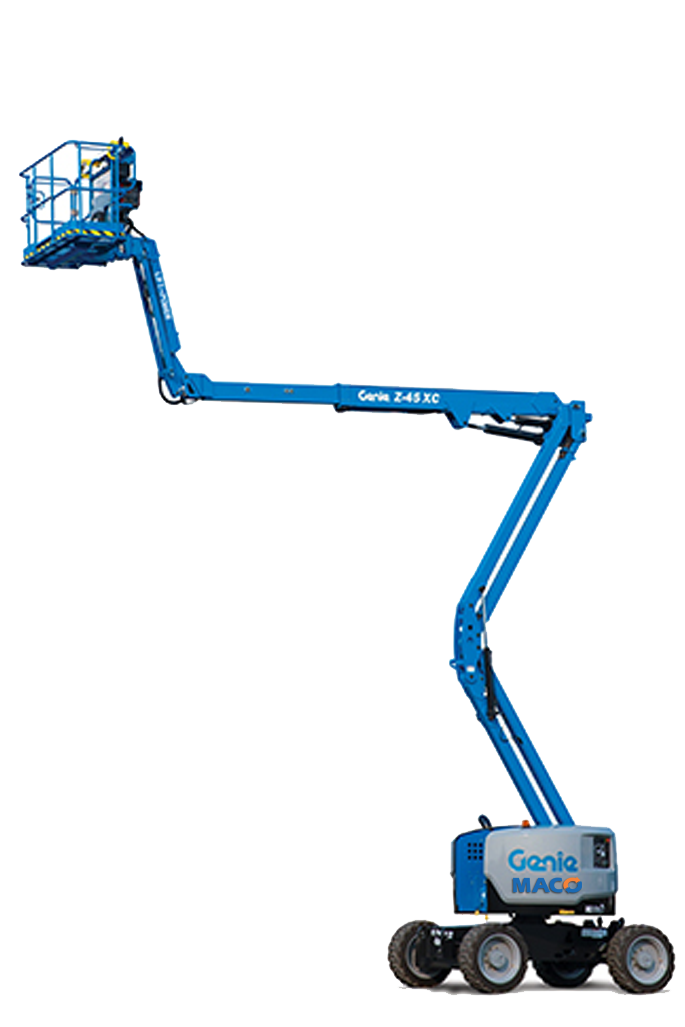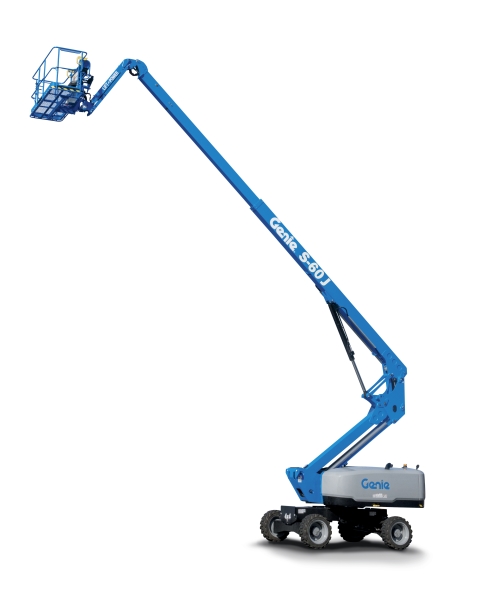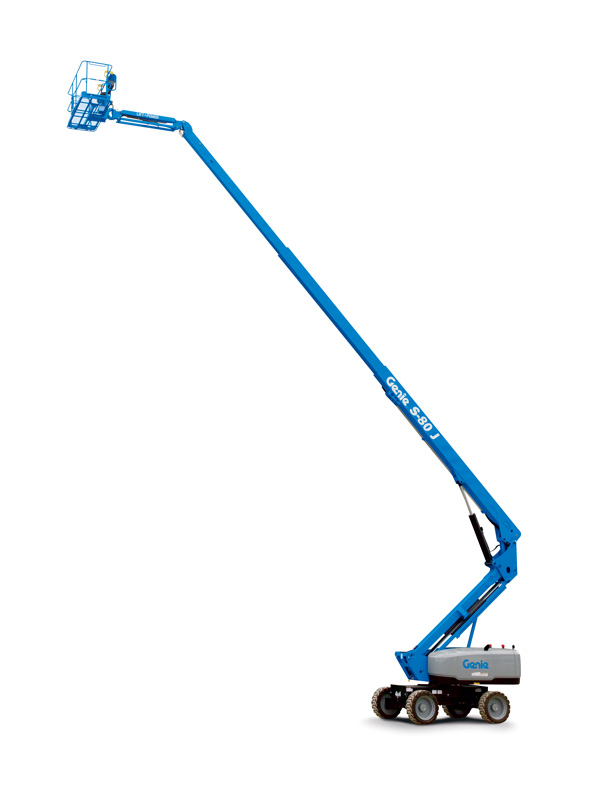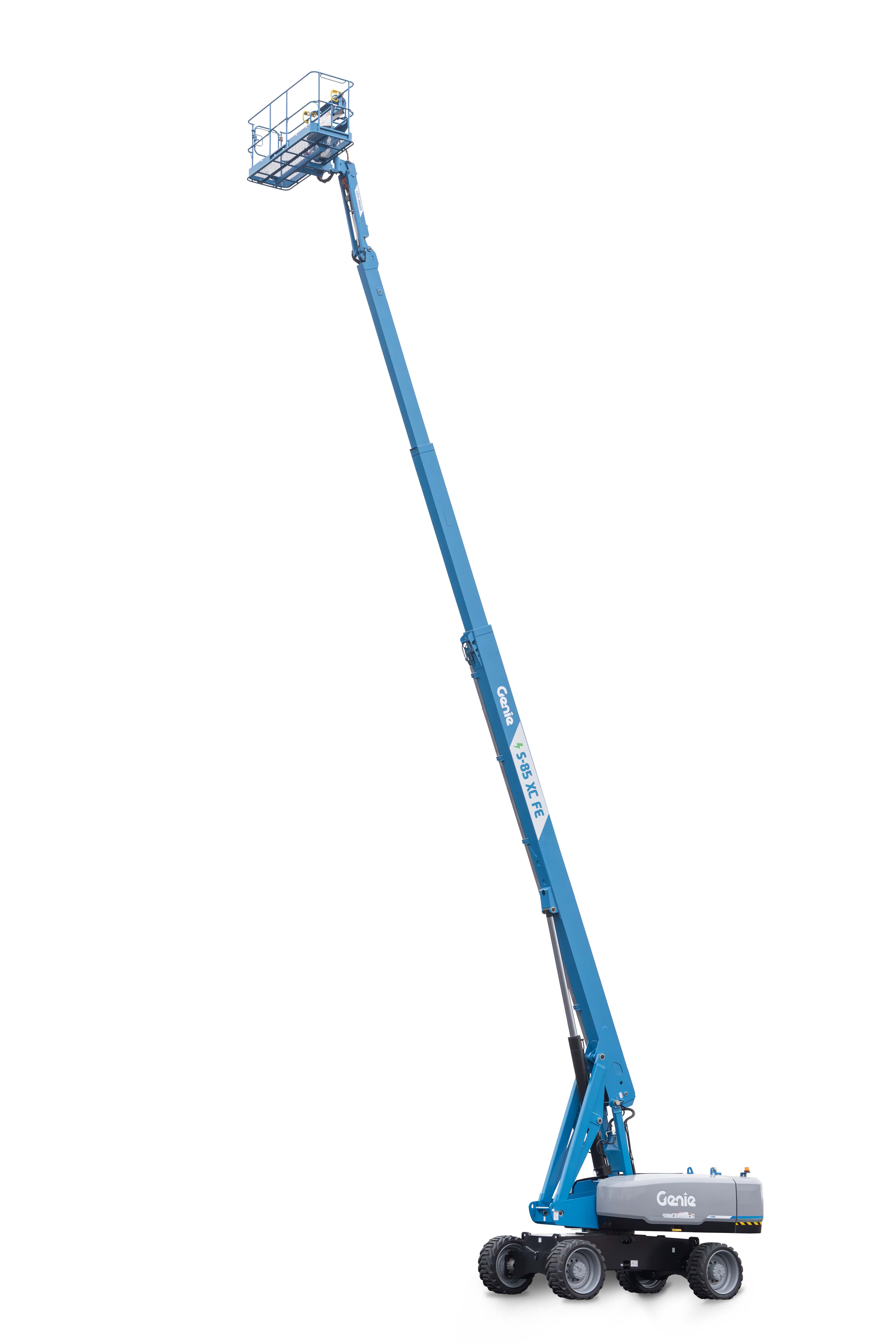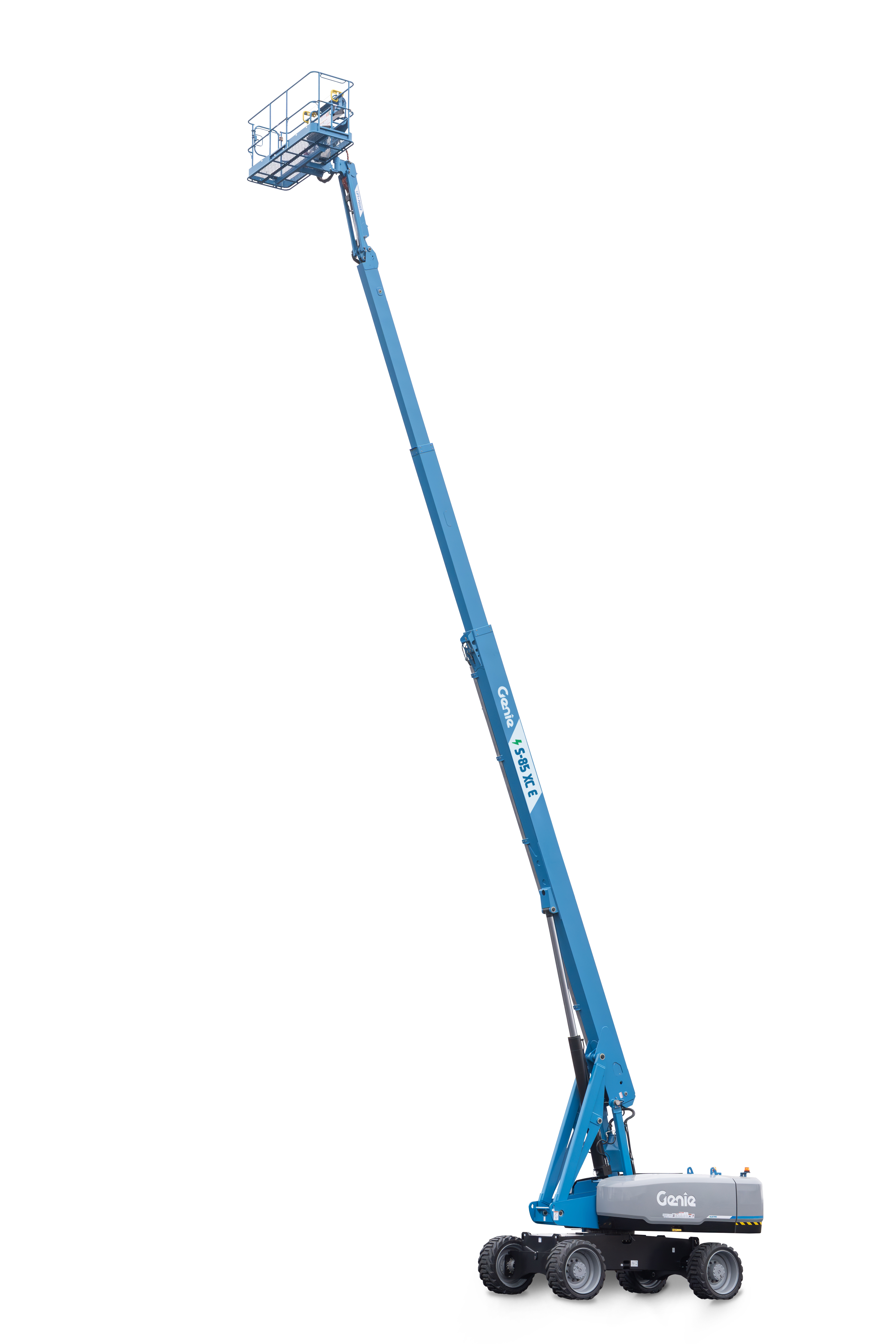.svg)
FILTER BY
Need a Custom Solution?
FILTER BY
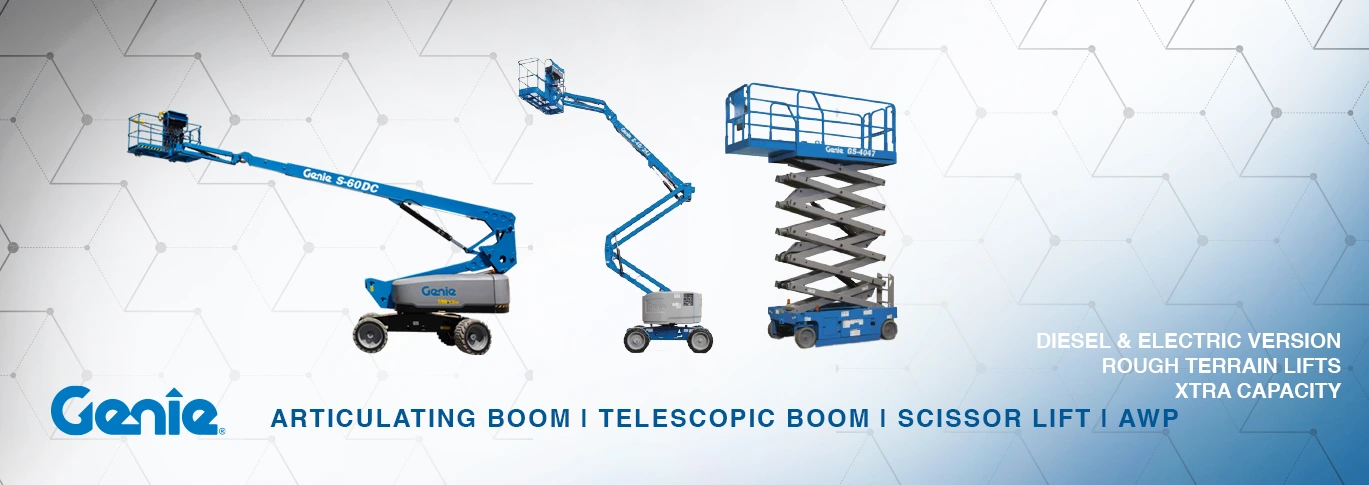
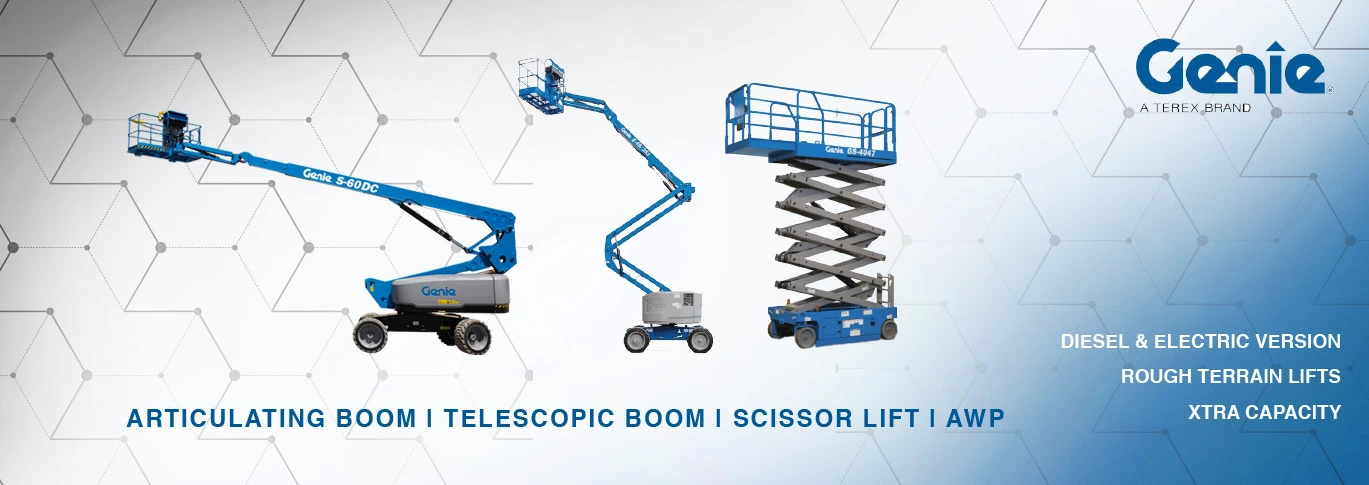
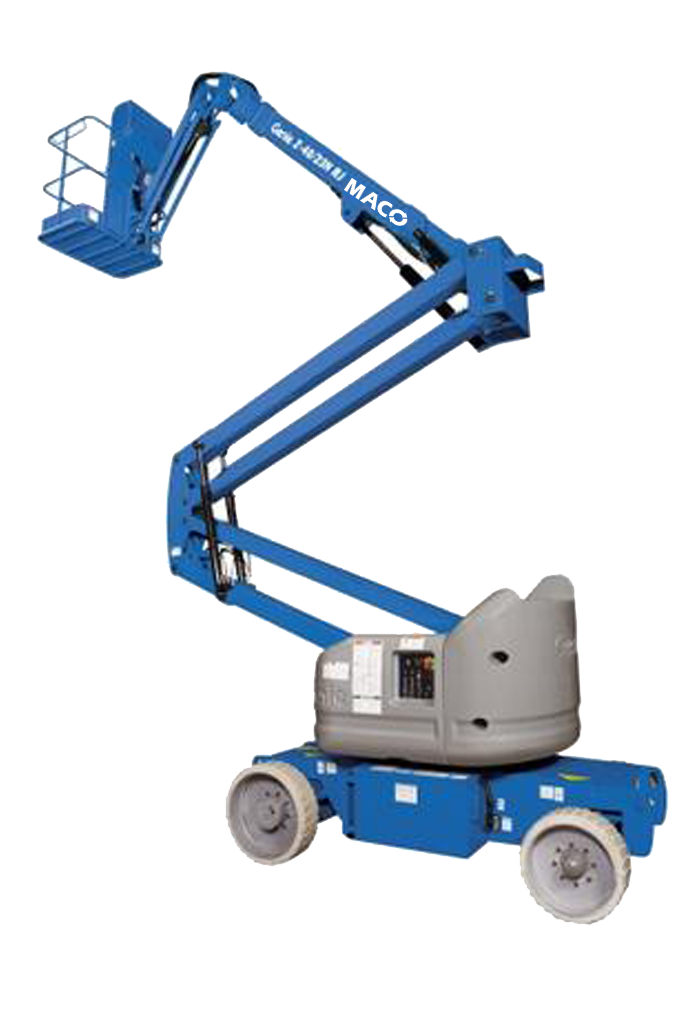
Z-40/23 N AND Z-40/23 N RJ
lift type : Boom
max working height : 40.41 ft
platform capacity : 227 kg
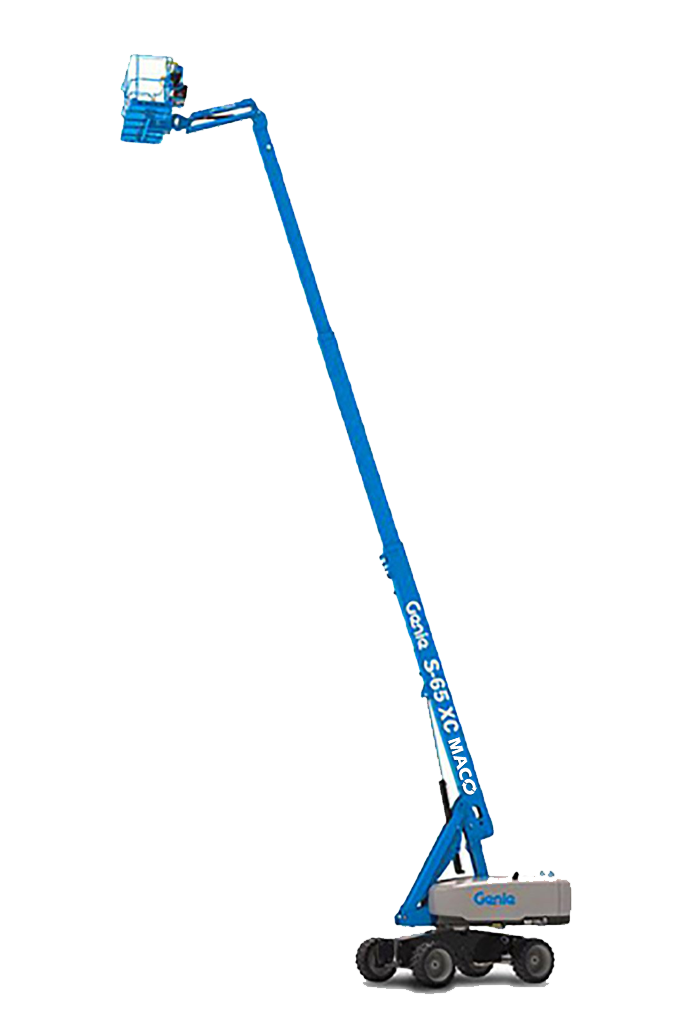
S-65 XC and S-65 TraX
lift type : Boom
max working height : 71.50 ft
platform capacity : 454 kg restricted
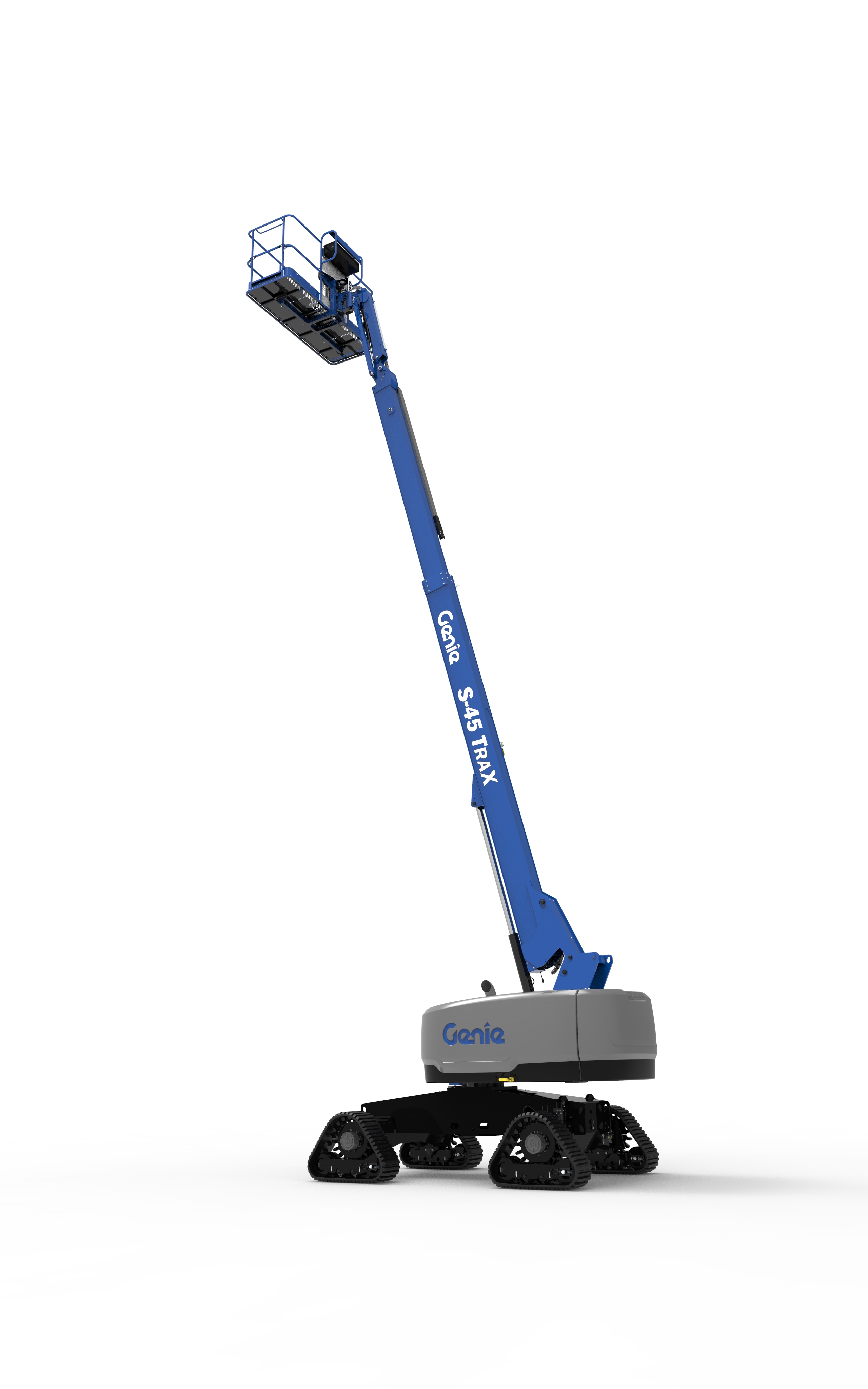
S-40 TraX and S-45 TraX
lift type : Boom
Max Working Height : 40 ft | 12.19 m
Max Horizontal Reach : 31 ft 8 in | 9.67 m
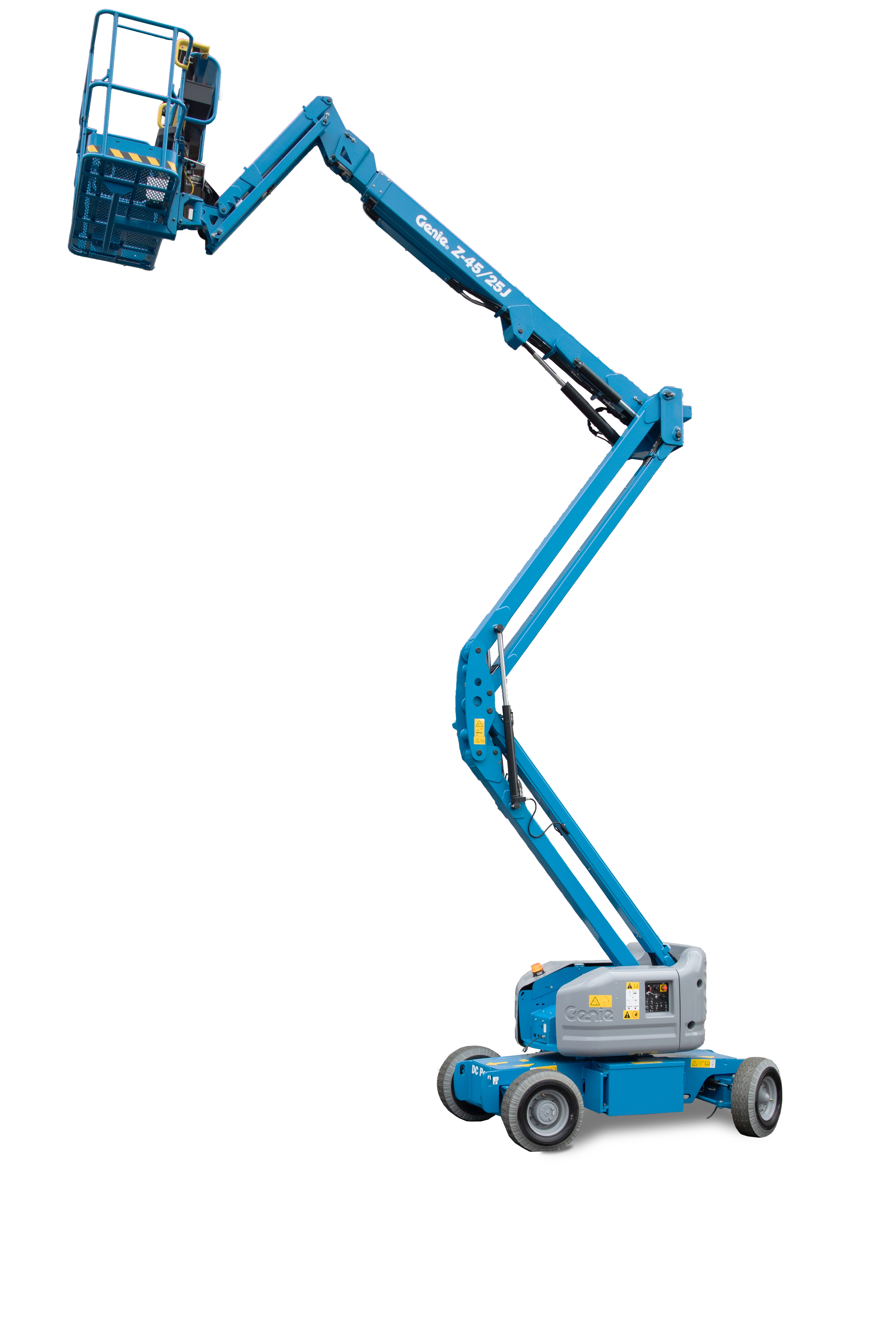
Z-45/25J DC
lift type : Boom
Specificatijon Value Max Working Height : 15.94 m
Max Horizontal Reach : 6.91 m
Need a Custom Solution?
1. What is access machines or industrial lifting equipment, and why is it essential for various industries?
Access machines encompasses a variety of machinery designed to elevate workers and materials to different heights, facilitating tasks in construction, maintenance, and other industries. It is essential for various industries because it enhances efficiency, safety, and productivity by providing access to elevated areas that would otherwise be challenging or hazardous to reach.
2. How has access machines evolved over time to meet the needs of modern projects?
Access machines has evolved significantly over time to keep pace with the demands of modern projects. Advancements in technology, materials, and design have led to more versatile, reliable, and efficient machines. Innovations such as improved controls, enhanced safety features, and greater adaptability to different terrains and environments have made access machines more capable and user-friendly.
3. What are the primary types of access machines available in the market?
The primary types of access machines available in the market include scissor lifts, boom lifts, aerial work platforms, mast lifts, spider lifts and telehandlers. Each type serves specific purposes and offers unique features to address various project requirements and challenges.
4. How does access machines contribute to workplace safety and efficiency?
Access machines contributes to workplace safety and efficiency by providing secure and stable platforms for working at heights. By eliminating the need for ladders or scaffolding, it reduces the risk of falls and injuries. Additionally, access machines allows workers to access elevated areas quickly and easily, thereby increasing productivity and reducing downtime.
5. What are the key features to consider when choosing access machines for a project?
To pick the right access machines for your job, think about how much weight it needs to handle (lifting capacity), how high it needs to reach (working height), how big the work platform needs to be, how easy it is to move around (maneuverability), what kind of power it uses (electric, diesel, or a mix of both), how well it handles different ground conditions (terrain capabilities), and of course, how safe it is (look for features like guardrails, harness hooks, and emergency lowering systems)..
6. How does Maco Corporation play a role in providing access machines solutions?
Maco Corporation plays a crucial role in providing access machines solutions by serving as the authorized distributor of Genie products in India. We offer a comprehensive range of Genie lifts, including scissor lifts and boom lifts, designed to meet the diverse needs of our customers across various industries.
7. What sets Maco Corporation apart from other access machines providers?
What sets Maco Corporation apart from other access machines providers is our commitment to delivering exceptional customer service, unparalleled expertise, and high-quality products. As the authorized distributor of Genie lifts, we offer genuine parts, factory-trained technicians, and personalized support to ensure our customers receive the best possible solutions for their projects.
8. How does Maco Corporation ensure the quality and reliability of its access machines?
Maco Corporation ensures the quality and reliability of its access machines by adhering to strict standards of manufacturing, testing, and maintenance. We work closely with Genie to uphold their reputation for excellence and reliability in the industry, conducting thorough inspections and rigorous quality control procedures to guarantee the performance and safety of our equipment.
9. Can access machines from Maco Corporation be customized to suit specific project requirements?
Yes, access machines from Maco Corporation can be customized to suit specific project requirements. Our team of experts collaborates with customers to understand their unique needs and preferences, offering solutions tailored to their specifications.
10. What are the future trends and advancements expected in the access machines industry?
Future trends and advancements expected in the access machines industry include the integration of smart technology for remote monitoring and diagnostics, improved safety systems such as collision avoidance and proximity sensors, advancements in battery technology for electric lifts, and continued innovation in design and materials for enhanced performance and efficiency. As a leading provider of access machines solutions, Maco Corporation remains committed to staying at the forefront of these developments to meet the evolving needs of our customers and industry standards.
Understanding Boom Lifts
1. What is a boom lift, and how does it differ from other types of lifts?
A boom lift is a type of aerial work platform that consists of a hydraulic arm with a platform at the end for carrying workers and equipment to elevated areas. Unlike scissor lifts, which move only vertically, boom lifts can extend horizontally, allowing access to difficult-to-reach areas. This feature makes boom lifts ideal for tasks such as maintenance, construction, and film production where horizontal outreach is necessary.
2. How many types of boom lifts are available, and what are their primary features?
Generally, we use two main variants of boom lifts. Namely, articulating boom lifts and telescopic boom lifts. Articulating boom lifts have multiple sections that can bend or articulate, providing increased flexibility and maneuverability around obstacles. Telescopic boom lifts, on the other hand, have a straight, extendable arm that offers greater height and outreach capabilities, making them suitable for reaching tall structures or working at long distances.
3. How does a boom lift operate, and what are its key components?
A boom lift operates using hydraulic controls to extend, retract, and articulate the boom arm. Key components include the boom itself, hydraulic cylinders for movement, a platform for workers and equipment, controls for operation, stabilizers or outriggers for stability, and safety features such as guardrails and harness attachment points.
4. What are the primary applications of boom lifts in various industries?
Boom lifts are widely used in various industries for tasks such as building maintenance, construction, tree trimming, window cleaning, filming and photography, signage installation, and event setup. Their ability to reach high and difficult-to-access areas makes them indispensable for tasks that require elevation and outreach.
5. What safety measures should operators follow when using boom lifts?
Operators should follow several safety measures when using boom lifts, including wearing appropriate personal protective equipment (PPE), inspecting the equipment before each use, ensuring proper setup and stabilization, using fall protection devices such as harnesses and lanyards, adhering to weight limits, avoiding overhead hazards, and following manufacturer's guidelines and OSHA regulations.
6. How does Maco Corporation ensure the safety and reliability of its boom lifts?
Maco Corporation ensures the safety and reliability of its boom lifts by conducting regular maintenance, inspections, and safety checks according to manufacturer guidelines and industry standards. We provide comprehensive operator training to ensure safe and proper usage of the equipment, and our team of experienced technicians is available to address any maintenance or repair needs promptly.
7. Can boom lifts from Maco Corporation be used indoors and outdoors?
Yes, boom lifts from Maco Corporation can be used both indoors and outdoors, depending on the specific model and application requirements. We offer a range of boom lifts with varying height, outreach, and power options to suit different indoor and outdoor tasks.
8. What factors should be considered when selecting a boom lift for a project?
When selecting a boom lift for a project, factors to consider include,
Worksite and Reach:
• Location: Indoor or outdoor use will influence the boom lift type.
• Terrain: Uneven ground might require a lift with specific capabilities or wider tracks for stability.
• Reach: Determine the maximum height and horizontal distance your workers need to access. Consider up-and-over reach if working around obstacles.
• Stowed Height: If working in tight spaces, ensure the lift can fit when its boom is retracted.
Capacity and Platform Needs:
• Weight Capacity: This should accommodate the workers, tools, and materials they'll handle.
• Platform Size: Choose a platform big enough for workers to move comfortably and safely with their equipment.
Operational Needs:
• Power Source: Electric offers quieter operation indoors, while diesel or gas might be better for extended outdoor use.
• Maneuverability: Tight work areas might require a compact boom with a good turning radius.
• Outriggers: These provide stability when the boom is extended, especially for reaching high loads.
Safety Features:
• Guardrails: Ensure they're present and secure to prevent falls.
• Harness Attachment Points: These allow workers to use fall protection equipment.
• Emergency Descent System: This provides a safe way to lower workers in case of power failure.
9. How does Maco Corporation support customers during the rental period of boom lifts?
During the rental period of boom lifts, Maco Corporation provides ongoing support to customers, including delivery and pickup services, technical assistance, and maintenance and repair services as needed. Our goal is to ensure a seamless rental experience and maximum uptime for our customers.
10. Can Maco Corporation provide maintenance and repair services for boom lifts?
Yes, Maco Corporation provides maintenance and repair services for boom lifts to ensure their optimal performance and safety. Our team of trained technicians is available to conduct routine maintenance checks, perform repairs, and address any issues that may arise during the rental period.
11. What are the rental options available for boom lifts at Maco Corporation?
Maco Corporation offers flexible rental options for boom lifts to meet the diverse needs of our customers. We provide short-term and long-term rental contracts, with options for daily, weekly, or monthly rentals. Additionally, we offer delivery and pickup services for added convenience.
12. Where do you provide boom lift rental services?
We provide boom lift rental in Chennai, Hyderabad, Kolkata, Mumbai, Delhi, and all other parts of India. We are present all over India with our 10 offices and cater to all major locations in the country for providing boom lift rentals. We provide 40 foot boom lift rental, 80 foot boom lift rental, 60 foot boom lift rental, 80 foot boom lift rental, 100 foot boom lift rental, 120 foot boom lift rental and the ranges cover above 180 foot also.
Exploring Scissor Lifts
1. What is a scissor lift, and how does it function?
A scissor lift is a type of aerial work platform that operates on a mechanism of crossing, interlocking metal supports, resembling a pantograph or scissor mechanism. It functions by extending or retracting this mechanism vertically, allowing the platform to elevate workers and equipment to different heights.
2. How does a scissor lift differ from other types of lifts, such as boom lifts?
Scissor lifts differ from boom lifts primarily in their method of vertical movement. While boom lifts use hydraulic arms to extend horizontally and vertically, scissor lifts operate using a folding, crisscrossing mechanism that moves only vertically. This design makes scissor lifts more suitable for tasks that require straight vertical elevation without horizontal outreach.
3. What are the primary features and configurations of scissor lifts?
Scissor lifts come in various configurations, including electric, diesel, and rough terrain models, each with different weight capacities, platform sizes, and maximum working heights. Key features include extendable platforms, safety rails, hydraulic controls, and stabilizing outriggers for stability on uneven surfaces.
4. In which industries are scissor lifts commonly used, and for what purposes?
Scissor lifts are commonly used in industries such as construction, maintenance, warehousing, manufacturing, and facilities management for tasks such as painting, cleaning, installation, repair, and stock picking. Their versatility, stability, and ease of use make them indispensable for accessing elevated areas safely and efficiently.
5. What safety precautions should operators take when using scissor lifts?
Operators should follow several safety precautions when using scissor lifts, including wearing appropriate PPE, inspecting the equipment before each use, ensuring proper setup and stabilization, using fall protection devices such as harnesses and guardrails, adhering to weight limits, and avoiding overhead hazards and unstable surfaces.
6. Can scissor lifts from Maco Corporation be used in both indoor and outdoor settings?
Yes, scissor lifts from Maco Corporation can be used in both indoor and outdoor settings, depending on the specific model and application requirements. We offer a range of scissor lifts with varying power options (electric, diesel, rough terrain) to suit different indoor and outdoor tasks.
7. What are the advantages of choosing electric scissor lifts over diesel-powered ones?
Electric scissor lifts offer several advantages over diesel-powered ones, including quieter operation, zero emissions, lower operating costs, and suitability for indoor use where ventilation may be limited. They are also environmentally friendly and comply with indoor air quality regulations.
8. How does Maco Corporation assist customers in selecting the right scissor lift for their projects?
Maco Corporation assists customers in selecting the right scissor lift for their projects by providing expert advice, conducting site assessments, and considering project requirements such as working height, weight capacity, terrain conditions, and power source. Our knowledgeable sales engineers work closely with customers to recommend the most suitable scissor lift for their specific needs.
9. What rental options are available for scissor lifts at Maco Corporation?
Maco Corporation offers flexible rental options for scissor lifts to meet the diverse needs of our customers. We provide short-term and long-term rental contracts, with options for daily, weekly, or monthly rentals. Additionally, we offer delivery and pickup services for added convenience.
10. How does Maco Corporation provide support and maintenance services for scissor lifts during projects?
Maco Corporation provides ongoing support and maintenance services for scissor lifts during projects to ensure their optimal performance and safety. Our team of trained technicians is available to conduct routine maintenance checks, perform repairs, and address any issues that may arise during the rental period. We also offer on-site support and troubleshooting to minimize downtime and maximize productivity for our customers.
Aerial Work Platforms (AWPs)
1. What are aerial work platforms (AWPs), and how do they differ from other access machines?
Aerial work platforms (AWPs) are versatile machines used to elevate workers and equipment to elevated areas for various tasks. They differ from other access machines in their design, which typically includes a platform supported by an extendable arm or mast, offering greater maneuverability and access to confined spaces.
2. How do aerial work platforms enhance productivity and safety in various industries?
Aerial work platforms enhance productivity and safety in various industries by providing safe and efficient access to elevated areas for tasks such as maintenance, construction, inspection, and installation. Their versatility, maneuverability, and stability make them indispensable tools for working at height in a wide range of applications.
3. What are the primary features and capabilities of aerial work platforms?
Aerial work platforms come with a variety of features and capabilities, including adjustable platforms, telescopic or articulating arms, multiple power options (electric, diesel, hybrid), self-leveling systems, outreach capabilities, and advanced safety features such as tilt sensors, overload protection, and emergency descent systems.
4. In which industries are aerial work platforms commonly used, and for what tasks?
Aerial work platforms are commonly used in industries such as construction, maintenance, facilities management, warehousing, film production, and event management for tasks such as painting, cleaning, inspection, repair, stock picking, filming, and set design.
5. What factors should be considered when selecting an aerial work platform for a project?
When selecting an aerial work platform for a project, factors to consider include the required working height and outreach, weight capacity, platform size, power source (electric, diesel, or hybrid), terrain conditions, maneuverability, and specific features or accessories needed for the task at hand. It's essential to assess project requirements carefully to choose the most suitable aerial work platform for the job.
Understanding Vertical Mast Lifts
1. What are vertical mast lifts, and how do they differ from other types of lifts?
Vertical mast lifts, also known as personnel lifts or push-around lifts, are compact, vertical lifting devices designed to elevate workers and light materials to moderate heights. They differ from other types of lifts, such as scissor lifts and boom lifts, in their vertical-only movement, smaller platform size, and lower weight capacity.
2. What are the primary features and configurations of vertical mast lifts?
Vertical mast lifts typically feature a single mast or column with a platform at the top for operators and materials. They come in various configurations, including electric or manually powered models, with options for different platform heights, platform sizes, and lift capacities to suit different applications and environments.
3. What are the typical applications of vertical mast lifts in various industries?
Vertical mast lifts are commonly used in industries such as facilities maintenance, warehousing, retail, and manufacturing for tasks such as inventory management, equipment servicing, signage installation, and light construction work. Their compact size and maneuverability make them ideal for indoor use in confined spaces or areas with limited access.
4. Can vertical mast lifts from Maco Corporation be used indoors and outdoors?
Yes, vertical mast lifts from Maco Corporation can be used both indoors and outdoors, depending on the specific model and application requirements. We offer a range of vertical mast lifts with different power options (electric, manual) and platform heights to suit different indoor and outdoor tasks. But it is always better to consult our experienced product managers for better guidance.
5. What are the advantages of vertical mast lifts over other types of lifts for specific tasks?
Vertical mast lifts offer several advantages over other types of lifts for specific tasks, including their compact size, lightweight design, and ease of maneuverability in confined spaces. They are also cost-effective and easy to operate, making them ideal for light-duty applications where larger lifts may be impractical or unnecessary.
Exploring Spider Lifts
1. What are spider lifts, and how do they differ from traditional lifts?
Spider lifts are compact, specialized aerial work platforms designed for accessing difficult-to-reach areas, such as narrow spaces, rough terrain, or sensitive surfaces. They differ from traditional lifts in their unique legged or tracked design, which provides greater stability and maneuverability on uneven or restricted surfaces.
2. What are the primary features and configurations of spider lifts?
Spider lifts typically feature extendable legs or tracks that provide stability on various surfaces, along with a telescopic or articulated boom for reaching elevated areas. They come in various configurations, including electric or diesel-powered models, with options for different platform heights, outreach capabilities, and weight capacities to suit different applications.
3. In which industries are spider lifts commonly used, and for what purposes?
Spider lifts are commonly used in industries such as arboriculture, landscaping, construction, facilities maintenance, and film production for tasks such as tree pruning, landscaping, building maintenance, signage installation, and aerial filming. Their compact size, lightweight design, and ability to traverse difficult terrain make them ideal for accessing challenging work environments.
4. How do spider lifts enhance access and productivity in challenging work environments?
Spider lifts enhance access and productivity in challenging work environments by providing a stable and versatile platform for operators to work at height. Their compact design allows for easy maneuverability in tight spaces or restricted areas, while their ability to traverse rough terrain or sensitive surfaces ensures access to even the most difficult-to-reach locations.
5. What are the advantages of using spider lifts over other types of lifts for specific applications?
Spider lifts offer several advantages over other types of lifts for specific applications, including their compact size, lightweight design, and ability to traverse difficult terrain or sensitive surfaces. They are also highly maneuverable and can access areas inaccessible to traditional lifts, making them ideal for tasks in confined spaces or challenging environments.
Importance of Safety in Lift Operations
1. Why is safety crucial when operating access machines such as scissor lifts and boom lifts?
Safety is crucial when operating access machines to prevent accidents, injuries, and fatalities. Access machines operates at heights, and any mishap can result in severe consequences. Ensuring safety protocols are followed mitigates risks and creates a secure working environment.
2. What are the common safety hazards associated with lift operations?
Common safety hazards associated with lift operations include falls from height, electrocution, tip-overs, entrapment, collisions, and equipment malfunctions. These hazards can result from operator error, inadequate training, poor maintenance, or unsafe work practices.
3. How can operators mitigate the risk of accidents and injuries while using access machines?
Operators can mitigate the risk of accidents and injuries by undergoing comprehensive training, conducting pre-operation inspections, following manufacturer guidelines and safety procedures, using appropriate personal protective equipment (PPE), and maintaining clear communication with coworkers and supervisors.
4. What safety features are typically found in scissor lifts, boom lifts, and other lift types?
Safety features commonly found in access machines include guardrails, fall arrest systems, emergency lowering systems, overload protection, interlock systems, non-marking tires, and self-leveling platforms. Reputed manufacturers like Genie make sure that these are implemented in all the models of Genie lifts to enhance operator safety and prevent accidents.
5. How does proper training contribute to safe lift operation?
Proper training equips operators with the knowledge and skills necessary to operate access machines safely. Training covers topics such as equipment operation, hazard awareness, emergency procedures, and regulatory compliance, ensuring operators can identify and mitigate risks during lift operations.
6. What regulations and standards govern access machines operation and safety?
Access machines operation and safety are governed by various regulations and standards, including OSHA (Occupational Safety and Health Administration) regulations, ANSI (American National Standards Institute) standards, manufacturer guidelines, and industry best practices. These regulations outline safety requirements for equipment design, operation, maintenance, and training.
7. How does Maco Corporation prioritize safety in its lift rental and sales services?
Maco Corporation prioritizes safety in its lift rental and sales services by offering high-quality equipment with advanced safety features, providing comprehensive operator training, conducting regular maintenance and safety inspections, and always adhering to regulatory requirements, industry best practices and manufacturer’s guidelines.
8. Can safety inspections and certifications be provided for access machines rented from Maco Corporation?
Yes, Maco Corporation provides safety inspections and certifications for access machines rented from us. Our trained technicians conduct thorough inspections before each rental to ensure equipment compliance with safety standards and regulations.
9. What role does ongoing maintenance play in ensuring lift safety and reliability?
Ongoing maintenance plays a critical role in ensuring lift safety and reliability by identifying and addressing potential safety hazards, preventing equipment malfunctions, extending equipment lifespan, and optimizing performance. Regular maintenance helps detect issues early and ensures equipment operates safely and efficiently.
10. How does Maco Corporation educate customers on safe lift operation practices?
Maco Corporation educates customers on safe lift operation practices through comprehensive operator training programs, safety seminars, educational materials, and online resources. We emphasize the importance of following safety protocols and provide guidance on safe equipment usage to ensure customer safety and compliance.
11. Are there any specific safety guidelines for working at height with access machines?
Yes, specific safety guidelines for working at height with access machines include using fall protection systems, maintaining three points of contact when ascending or descending, securing tools and materials, avoiding overhead hazards, and staying clear of pinch points and moving parts.
12. How can operators identify and respond to potential safety risks during lift operation?
Operators can identify and respond to potential safety risks during lift operation by conducting pre-operation inspections, staying alert to their surroundings, communicating with coworkers, following established safety procedures, and addressing any safety concerns or hazards immediately. Regular safety training and awareness help operators recognize and mitigate risks effectively.
Maintenance and Service for Access machines
1. Why is regular maintenance important for prolonging the lifespan of access machines?
Regular maintenance is crucial for prolonging the lifespan of access machines as it helps prevent premature wear and tear, identifies potential issues before they escalate, ensures optimal performance, and enhances equipment reliability and safety. Proper maintenance also reduces the risk of unexpected breakdowns and costly repairs.
2. What are the common maintenance tasks required for scissor lifts, boom lifts, and other lift types?
Common maintenance tasks for scissor lifts, boom lifts, and other lift types include lubrication of moving parts, inspection of hydraulic systems, checking electrical components, verifying structural integrity, testing safety features, replacing worn-out parts, and performing routine servicing according to manufacturer guidelines.
3. How often should access machines be inspected and serviced?
Access machines should be inspected and serviced regularly according to manufacturer recommendations and industry standards. Typically, this includes pre-operation inspections before each use, periodic maintenance checks at specified intervals (e.g., monthly, quarterly, annually), and comprehensive servicing as needed based on equipment usage and operating conditions.
4. What are the signs that indicate access machines may require maintenance or repairs?
Signs that indicate access machines may require maintenance or repairs include abnormal noises or vibrations, fluid leaks, unusual odors, erratic operation, decreased performance, warning lights or error codes, visible damage or wear, and any deviations from normal operating parameters. Operators should report any abnormalities promptly for inspection and servicing.
5. Can preventative maintenance plans be implemented for access machines?
Yes, preventative maintenance plans can be implemented for access machines to proactively identify and address potential issues before they lead to downtime or safety hazards. These plans typically include scheduled inspections, routine servicing, component replacements, and predictive maintenance techniques tailored to equipment usage and manufacturer recommendations.
6. How does Maco Corporation support customers with access machines maintenance and servicing?
Maco Corporation supports customers with access machines maintenance and servicing by offering comprehensive maintenance contracts, scheduled servicing programs, emergency repair services, genuine replacement parts, and technical support from trained technicians. Our goal is to ensure equipment reliability, safety, and maximum uptime for our customers.
7. Are there emergency repair services available for access machines breakdowns?
Yes, Maco Corporation provides emergency repair services for access machines breakdowns to minimize downtime and ensure prompt resolution of issues. Our team of experienced technicians is always available to respond to emergencies, diagnose problems, and perform on-site repairs or replacements as needed.
8. What qualifications do technicians at Maco Corporation have for servicing access machines?
Technicians at Maco Corporation undergo rigorous training and certification programs to acquire the necessary skills and knowledge for servicing access machines. They receive training from equipment manufacturers, attend safety seminars, and stay updated on the latest industry standards and best practices to ensure high-quality service delivery.
9. Can maintenance schedules be customized based on the specific needs of customers?
Yes, maintenance schedules can be customized based on the specific needs of customers to accommodate factors such as equipment usage, operating conditions, budget constraints, and compliance requirements. Maco Corporation works closely with customers to develop tailored maintenance plans that address their unique needs and priorities.
10. How does proactive maintenance contribute to minimizing downtime and maximizing productivity?
Proactive maintenance contributes to minimizing downtime and maximizing productivity by identifying and addressing potential issues before they escalate into costly breakdowns or safety hazards. By performing regular inspections, servicing, and component replacements, proactive maintenance helps keep equipment in optimal condition, reducing the risk of unplanned downtime and ensuring continuous operations.
11. Are there any warranty or service guarantee options available for access machines?
Yes, Maco Corporation offers warranty options and service guarantees for access machines to provide customers with peace of mind and assurance of product quality and reliability. Our warranty packages may include coverage for parts, labour, and service, depending on the specific terms and conditions outlined in the warranty agreement. Additionally, we stand behind our service with guarantees of prompt response times, quality repairs, and customer satisfaction.
12. How does Maco Corporation ensure that access machines meets safety and performance standards through maintenance and service practices?
Maco Corporation ensures that access machines meets safety and performance standards through meticulous maintenance and service practices. Our technicians adhere to manufacturer guidelines and industry regulations while conducting inspections, servicing, and repairs. We utilize genuine replacement parts, advanced diagnostic tools, and quality assurance protocols to maintain equipment integrity and functionality. By prioritizing safety and performance in our maintenance and service practices, we uphold our commitment to delivering reliable and safe access machines to our customers.
To know more or for any of your query, please reach our experienced product managers by raising a request through email, call, website enquiry or live chat.
